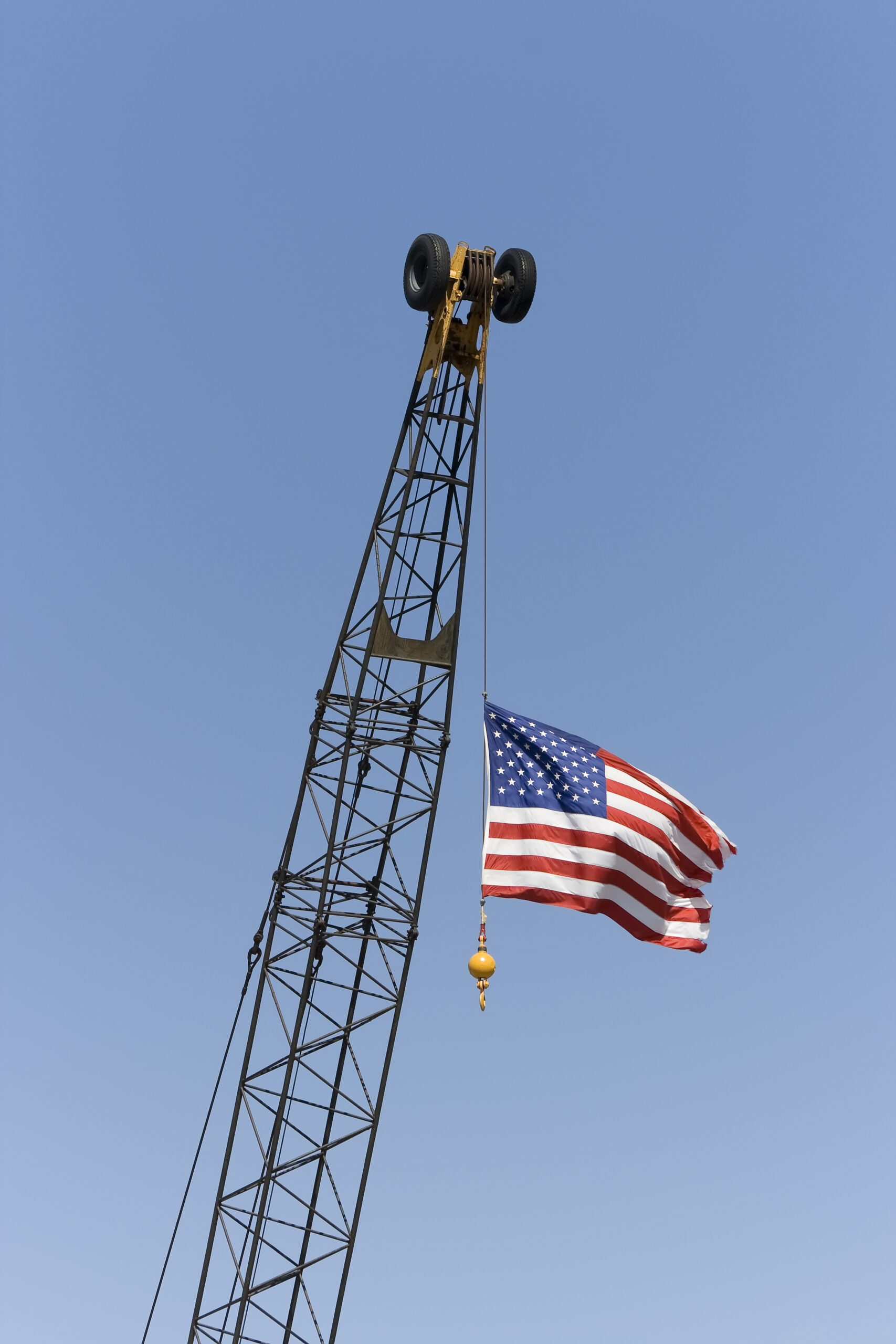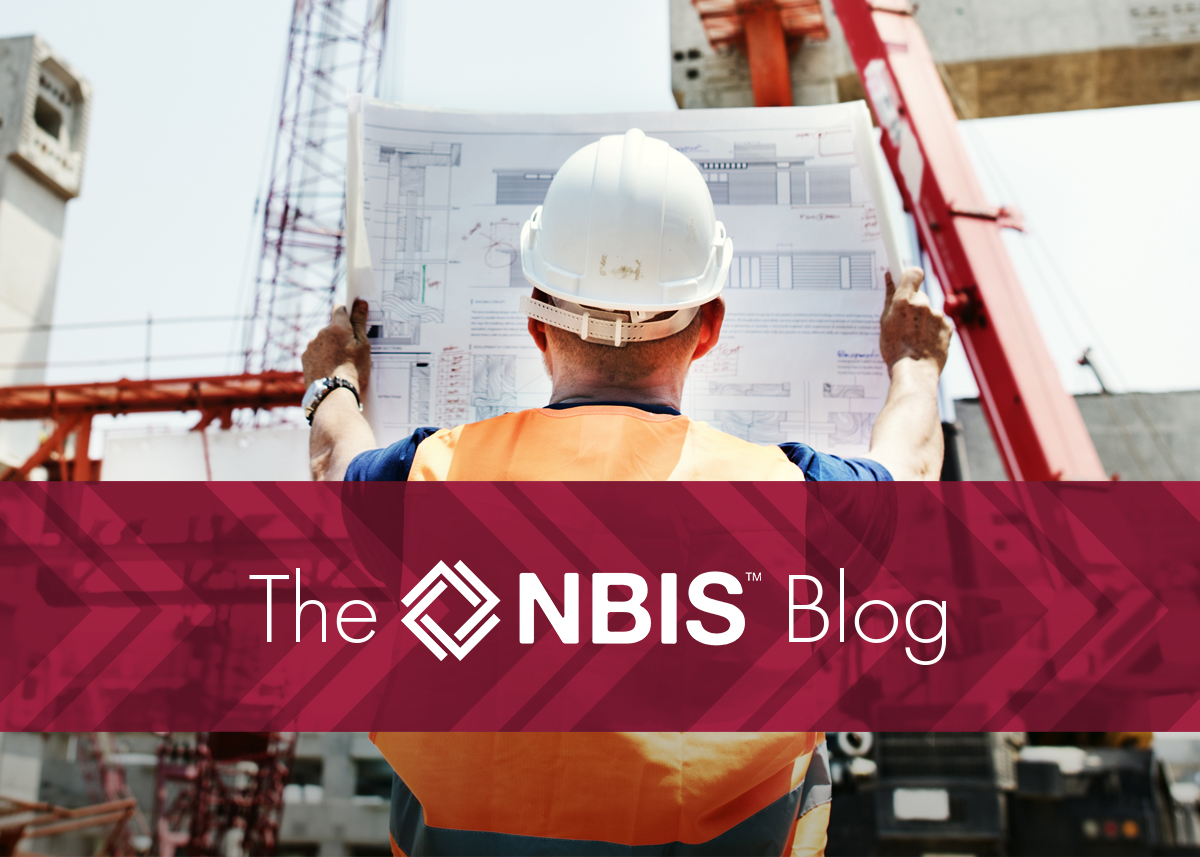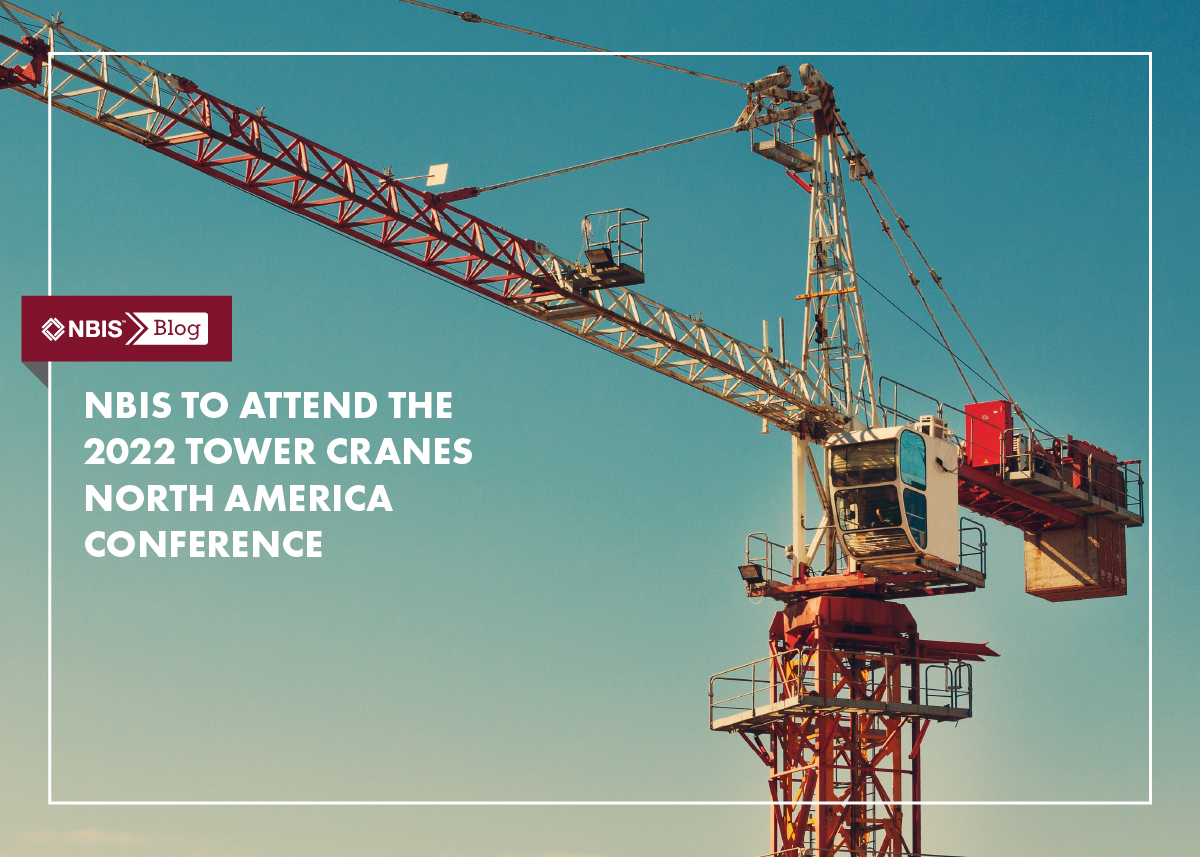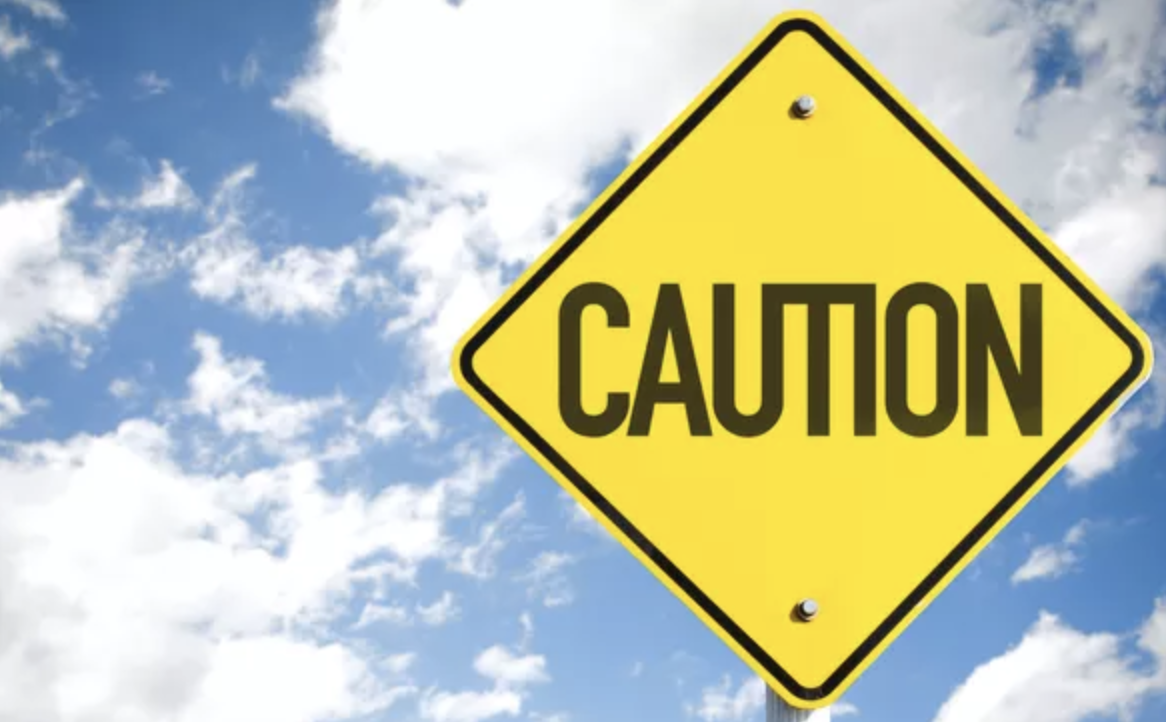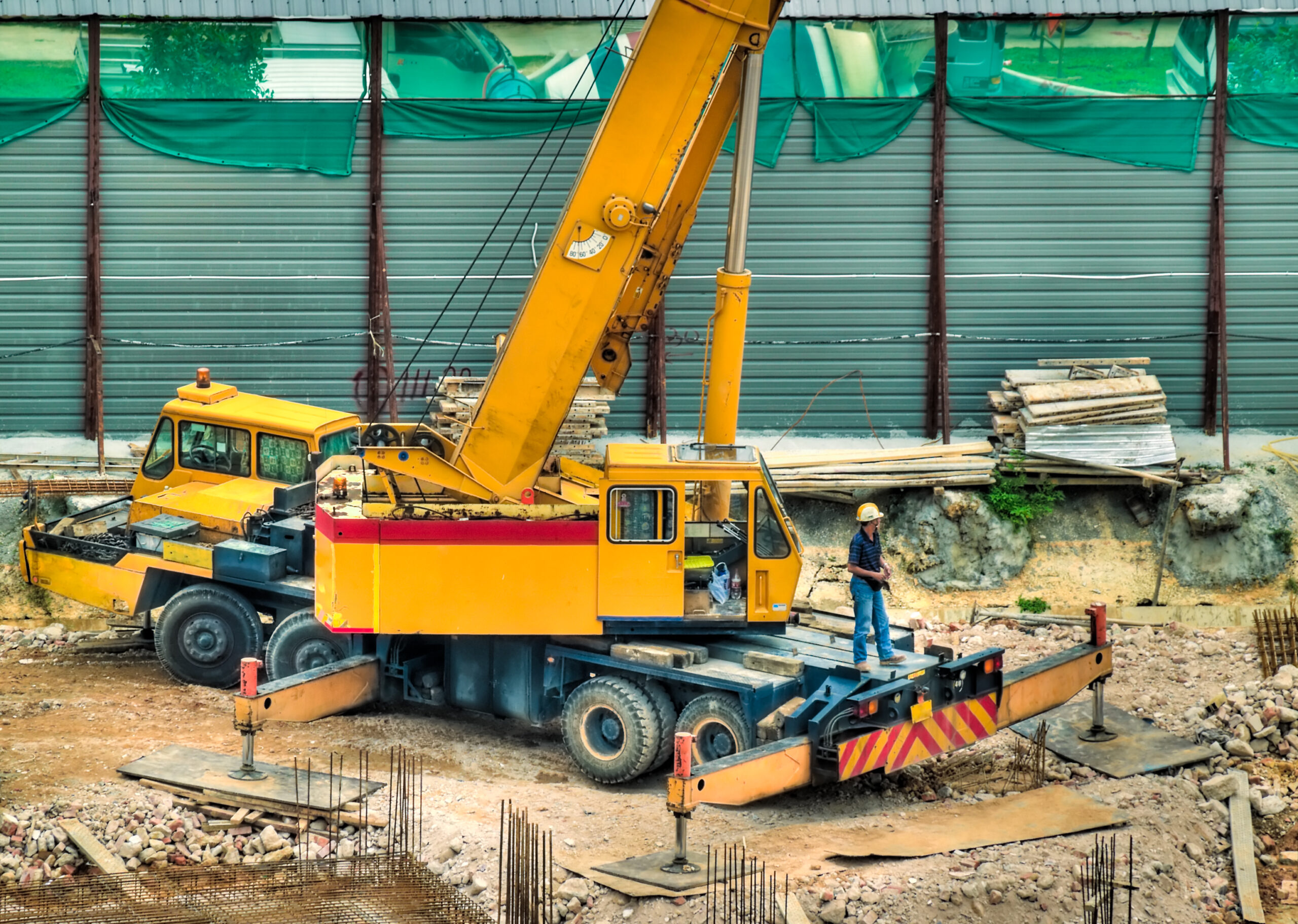We’re now in the midst of a time of increased risk for crane operations.
By Billy Smith, EVP Claims and Risk Management
As if on cue, last month, during a severe weather warning in Dallas, TX, a tower crane suddenly collapsed, killing one person, injuring five others, and causing an enormous amount of property damage to a residential building and parking garage across the street.
The situation was tragic, and while the cause of the collapse is still under investigation, the incident once again highlighted the very real dangers that wind and severe weather poses.
It’s important to understand that the principal concern related to the forces that wind exerts on a tower crane’s load is not the speed of the wind, but its pressure. (This is commonly known as side loading.) One of the important things to understand about wind pressure is that it doesn’t increase in a one-to-one ratio to wind speed.
Tower cranes, by design, are able to withstand wind speeds up to 140 miles per hour, depending on the manufacturer; however, they must be allowed to “weather vane” to avoid wind pressure on the boom (side loading). The same applies to mobile cranes with long booms, especially if they are lifting and moving loads in very windy conditions.
David CM Huang, managing director at Scarlet Tech, a company that manufacturers wireless anemometers (devices that measure windspeed), says that wind gusts are widely considered to be one of the main risk factors on construction sites, and that there’s an easy way to remember how wind risks escalate. “If wind speed increases by two, the pressure exerted increases by four,” he wrote in a 2018 article that appeared on the ANSI blog. “So, if a tower crane is working under a 12 mph wind and there is a sudden gust of 24 mph, it must resist a sudden load that is four times as high.
The conventional safety approach is to schedule crane activities based on weather forecasts, but this is often inflicted by two significant limitations: forecasts do not reflect individual site conditions, and they provide zero information about gusts.”
Huang brings up a point that ANSI blog contributor Brad Kelechava also touches on. “Since the value of maximum permissible speed and pressure can vary depending on the specific tower crane use,” he wrote in 2016 ANSI blog post titled “Wind Effect on Tower Cranes,” “it is essential that manufacturers properly convey that information to the purchaser and user of the crane. As stated in ISO 9374-3:2014 – Cranes – Information to be provided for enquiries, orders, offers and supply – Part 3: Tower cranes, manufacturers should calculate the maximum wind speed in which the crane is resistant to sliding, in addition to precautions that could be made during higher speeds, and hand that information over to the customer.”
What both Huang and Kelechava are both essentially saying is that everyone – the manufacturer and the end user – need to be aware of the risks that wind speed and pressure poses on tower cranes and do everything they can to mitigate the risk. There have been a number of accidents over the years with tower cranes, but not because of their design. Instead, it’s because of how they’ve been used and because users have failed to follow the manufacturer’s instructions. Tower cranes in general are designed well and are very safe. I compare them to our current form of travel with airplanes. Planes fly every day safely and do so through rough weather. Tower cranes lift loads safely every day and stay standing through named storms. Unfortunately, when either of them fails the result is catastrophic and makes front page news in a bad way.
With that in mind, here are five practical points from Mark Krajci, product manager for all-terrain cranes at Tadano America, to consider when it comes to wind.
- Prior to a lift, you should anticipate and study the possible effects of wind on the load on the crane. The larger the load and sail area, the lower the wind speed the load can safely be lifted in. (There is a formula for this in the operator’s manual.)
- Prior to any lift, check the latest weather reports for possible high wind conditions and plan accordingly. The Site Supervisor, the Lift Director and the Operator all have a part in this plan.
- Always have access to and know where the Beaufort wind chart and deduction notes are located in the operator’s manual and load charts.
- It is essential that the crane be properly set up. Out of level cranes only get worse in high-wind conditions
- Never carry out lifting operations when the permissible wind speed has been exceeded. Know what this speed is, and, if equipped, use the anemometer. Understanding how wind affects the daily operation of a crane is critical to ensuring safety and preventing accidents.
For more information on the risks associated with wind, or any number of other risk management topics, contact a member of the NBIS risk management team today. Call 1-877-860-RMSS or visit us online at www.nbis.com.

